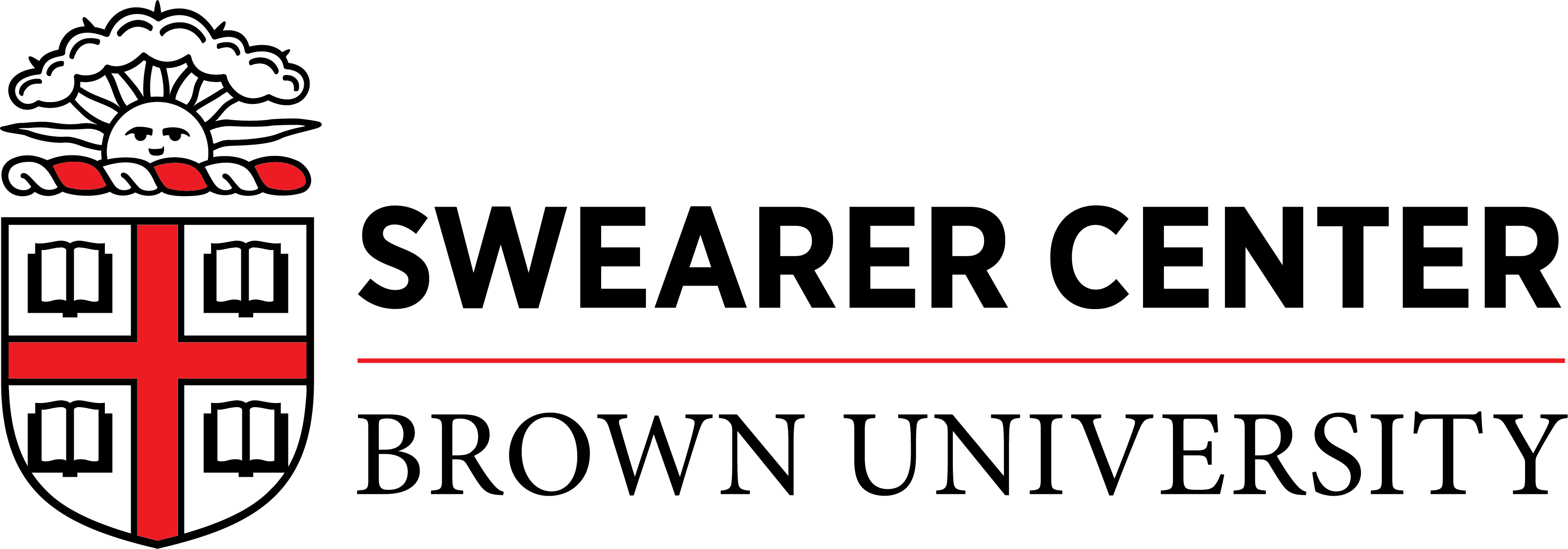After Prison, Opening Doors

Elena is a rising junior concentrating in Public Policy. She is also a participant of the TRI-Lab program, an initiative that brings together Brown students, faculty, and community practitioners to engage with complex social issues and develop solutions to these issues. The inspiration for the following story comes from the spring 2016 TRI-Lab, "Designing Education for Prison Health," which attempts to design better resources for health education within the criminal justice system.
America imprisons more people than any other country in the world, with an incarceration rate of 716 per 100,000 of the national population. To put that in perspective, the United States houses around 22%of the world’s prisoners, even though we represent 4.4% of the world’s population.
We justify our bursting prisons by pointing to guns, drugs, and violence, but the biggest culprit of all is the prison system itself. Incarcerated individuals often leave prison with limited employment prospects, minimal education, and no housing, so they fall back into their old patterns of behavior. Having a criminal record — that legal stamp of incarceration —makes the transition back into society even harder. Of the 650,000 ex-offenders released from prison every year, over half return to prison within three years of their release. Nick Horton is trying to change that, one person at a time.
Nick graduated from Brown in 2003 as a biology concentrator and soon after began working as a policy specialist at Open Doors RI, a Providence-based organization dedicated to serving formerly incarcerated individuals through discharge planning, educational classes, and subsidized housing. But Nick didn’t feel like it was enough, so a few years ago he helped create 9 Yards, a holistic program run out of Open Doors that provides individuals with the tools they need to adjust back into society, both during and post-incarceration.
Nick works with several groups of men in Rhode Island’s medium security prison. The program begins six months before release, when the new cohort of 12 individuals—selected randomly—start their first round of programming, which consists of vocational training and academic work. The program takes place in prison in order to “turn incarceration into an opportunity,” as a 9 Yards special report explains.
After release, the group transitions into the second stage, which involves living in a subsidized building adjacent to Open Doors and receiving support from a mentor. According to Nick, this mentor is “someone who is meeting with them daily, encouraging them and helping them reach their goals.”
The program never quite ends. Participants are welcome to come back for more support and guidance if they need it, even after they move out. “In some ways we never cut people off,” Nick said.
Nick’s program is novel because of its holistic framework. Overall, it encompasses education, employment, housing, behavioral therapy, mentoring, and addiction treatment—a combination of resources that very few other interventions provide.
“One of the selling points of this program is that it’s going to work, and it’s going to work because we’re doing things differently. We’re going the whole ‘nine yards’ to end the cycle of crime and incarceration,” Nick said.
Preliminary research shows that the 9 Yards program reduces the rate of recidivism by 50%, although some of that reduction may be due to mere chance. 9 Yards is on track to achieve its goal, which is at least a 50 to 75% reduction in recidivism. Despite the success of his program, Nick is pessimistic about the politics surrounding criminal justice reform on a large scale.
“I don’t think the country will ever really think seriously about rolling back a lot of the sentencing laws,” he said. “The other side will hear all this data, but they’re just never going to believe it. They’re going to believe that longer sentences are important and necessary,” he added.
Despite the lack of momentum for substantial criminal justice reform in our government, programs such as 9 Yards make a substantial difference for incarcerated individuals on a local level.
Wilfredo Cintro is one such individual. A 9 Yards graduate, Wilfredo was released from prison in his 30s after eight previous incarcerations and years struggling with an opiate addiction. He started the 9 Yards program with a 6th grade reading level and a 5th grade math level. “I remember when I first started working with Wilfredo it was tough just to get him to come to class,” Nick wrote in a blog post.
After moving on to the second stage of 9 Yards, Wilfredo began taking classes in a culinary arts program and finally landed a job. He has now been out of prison for 19 months, the longest stretch he has ever been out since his first incarceration. “Now he’s just a normal guy,” Nick said.
But the change was not easy. “Each step was painstaking,” Nick wrote. “The experience of running this program and working with men such as Wilfredo has changed the way I look at this issue dramatically… It’s taught me that rehabilitation is possible but extremely hard.”
Nick has dedicated the past 12 years of his life to helping people transition from prison to their communities. When I asked Nick if his experience at Brown has influenced his line of work, he said he wasn’t sure. “It’s like the chicken and the egg. I’m not sure if Brown is the thing that shapes us, or if we’re just the type of people who are attracted to Brown.”
